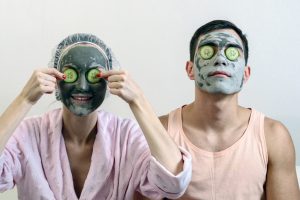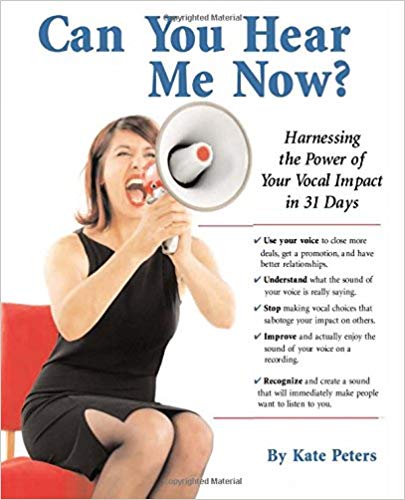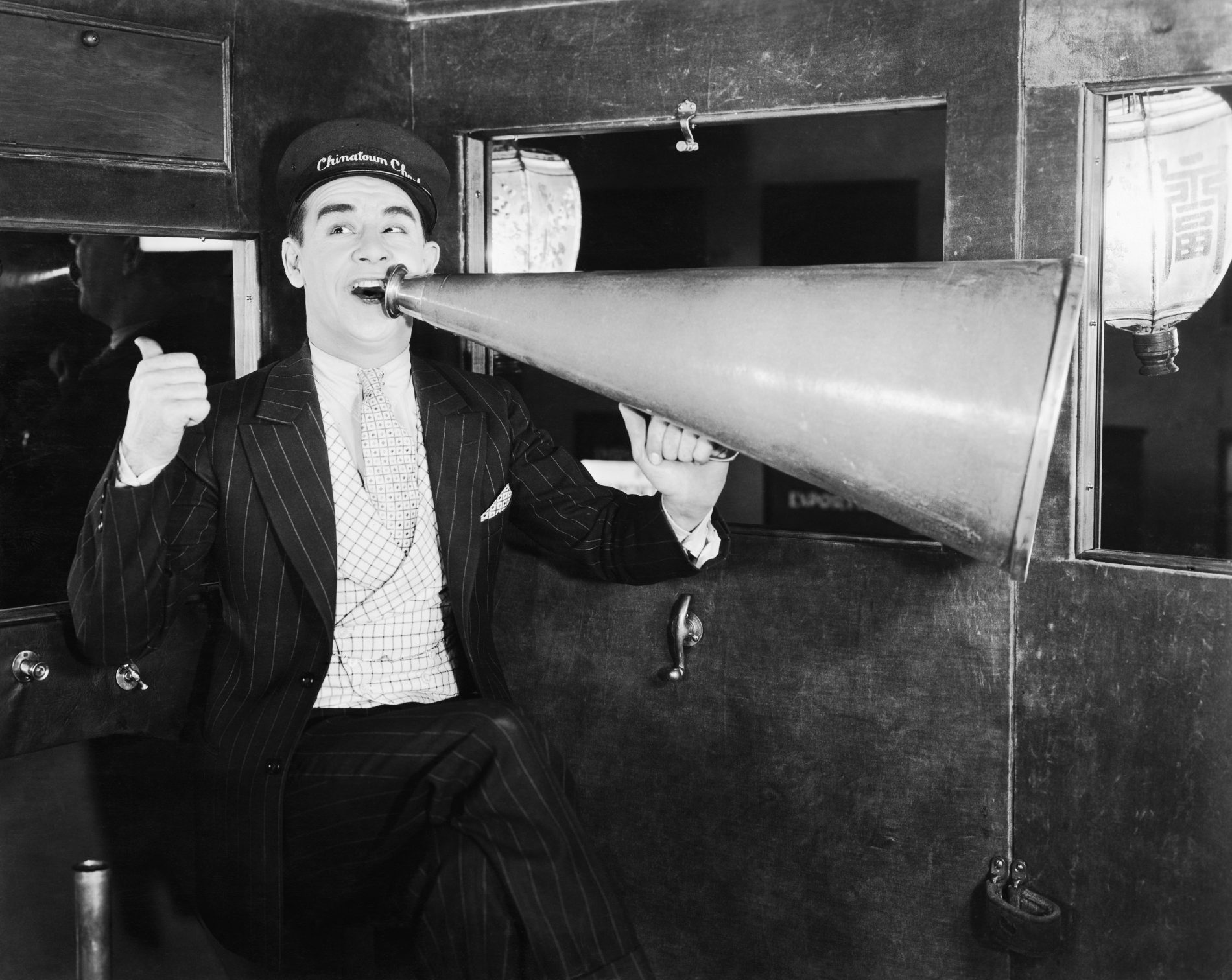How to Create a Strong Voice, Part 1: Resonate!
Do you lose your voice at parties and conferences because you can’t be heard over the noise? Ever wondered how to create a voice that is strong – one that carries well over a distance?
You’re not alone
I love my blog. It connects me with people all over the world. Many write to me via my contact form. Lately, I’ve received several letters dealing with the same issue: vocal power.
“I have to deliver a lot of talks for work. The topics are not very exciting, but it’s my job. Unfortunately, my voice doesn’t carry very well and in a room full of people I am not able to speak loud enough for people at the back to hear. ”
Another reader wrote:
“I was at a party last weekend, and I was very frustrated not being heard as I would have liked to. What’s wrong with my voice?”
And still another:
“I am a teacher and my students complain about not hearing me. My voice hurts at the end of the day from yelling so much and it really doesn’t do much good anyway. “
I’m pretty sure that all three of these people have been told to “project” or speak up when they talk. What does that really mean? Should you just speak more loudly? Maybe it helps a little, but that’s not a lasting answer.
What makes a voice powerful? You REAP what you sow!
You can’t just increase the volume to create power in a voice. You must have a strong vocal physique and a voice that reverberates and this should be combined with intention and practice. This approach reaps rewards. That’s why my techie clients have given it an acronym … the REAP approach to a strong voice. REAP stands for Resonate, Envision, Align, and Practice. I will take you through all four steps, starting with the first, Resonate.
Just like you hear about having a healthy body, since your voice is part of your body it requires good health, which you maintain with exercise and a good diet. It doesn’t hurt to be buff all over, either. Now, as far as carrying power is concerned, there are some people who are born with large voices that carry well. We’ll call them exceptions. The rest of us will never sound like James Earl Jones (although he wasn’t always the confident strong voice he is today … but more about that later.) However, almost everyone can still have a voice that carries and sounds powerful if they learn to use a property of sound called “resonance.”
How do you resonate?
Resonance is the reverberation or repetition of sound in the environment in which it was created. There is resonance in the body as well as resonance in the surrounding area when someone speaks. The resonance in the body can be felt by the speaker. The two extremes of resonance are “head voice,” which is where high sounds resonate, and “chest voice,” which is where low sounds resonate. However, most sounds the human voice makes also resonate in the mask, or the front of the face, with a mix of lower and upper resonance.
Resonate in a special way: Mask Resonance
This mix of resonance is called “mask resonance.”A voice with plenty of mask resonance is strong, and clear, no matter how loud or soft. A voice with good mask resonance is pleasant to listen to, vibrant and flexible, allowing for a great deal of vocal variety. Mask resonance can be intensified through exercise. To find it, try the exercise below to find a sound that produces a pronounced vibration in the front of your face.
Exercise: Try it now. Say “Mmmmm.” See if you can feel the buzzy sensation in the front of your face. (I’ve had a lot of fun doing this on radio interviews.) That’s mask resonance. Another way to produce it is to simply say “Mmm-hmm,” like an enthusiastic “yes.” Now say, “Mmm-hmm one. Mmm-hmm two. Mmm-hmm three.” Can you feel that sensation carry over into the words “one,” “two” and “three?” If you can’t, then work to produce those words in the same resonance by making more of a character voice. It may sound funny at first but as you relax it, you will find that you can keep some of the vibrations without the cartoony sound.
Daily practice
Use mask resonance at the beginning of a sentence, and see if you can keep that sensation in the words that follow. For example, say “Mmmmmm. It’s great to see you.” Did you feel the resonance in the mask as you spoke “It’s great to see you,” or did it fade away? Try it again. This does require some practice.You may also wish to listen to an audio file that takes you through this. You can do this by checking out this audio coaching session: Learning to Identify Mask Resonance.
Spend 20 minutes a day working with this, and add it to your awareness as you practice your presentations. Don’t be afraid of this because you fear it might create a nasal sound. You need a good combination of mouth and nose resonance, which is why the focus is on the front of the face, not just the nose. If a voice sounds too nasal, it is as incorrect as one that has no mask resonance. Eventually, you will learn to use mask resonance all the time. And according to Swedish researchers, mask resonance is also good for your health. You can practice more with this coaching session: Learning to Use Mask Resonance.
Further info on this topic:
- How to project your voice on the blog Speaking About Presenting.
- Speak up! A guide to voice projection, guest post by Kate Peters on the Six Minutes blog.
- Protecting your vocal health, on the Vocies blog.
What do you think?
Connect with us on LinkedIn
Connect with the author on LinkedIn
If you enjoyed this post or found it helpful, please share by clicking on the share buttons below. Thank you!!
ID 111347704 © Ruslan Galiullin | Dreamstime.com





